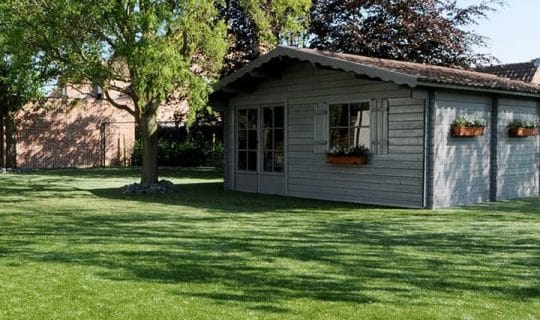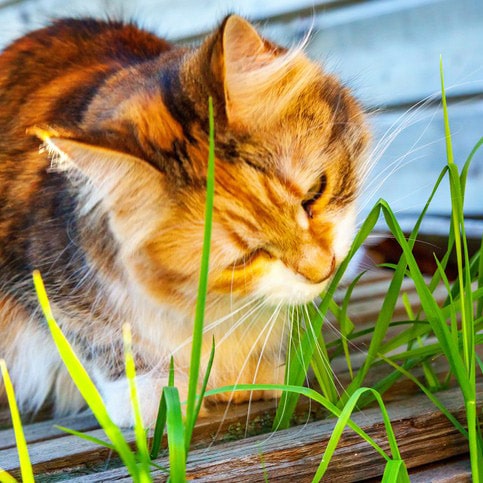
How to create a pet friendly garden
Does your pet like spending time in the garden?
For a pet, the garden is an oasis of sights and smells that just don’t occur in the house. But whether your garden is safe, secure and stimulating is a different question. If it’s not suitable, they won’t get the exercise or stimulation they need and want from an outside space. Your dog or cat might even actively destroy your grass, plants and furniture. So how can you create a garden that’s pet-friendly? We’ve put together some tips to help.
The Design
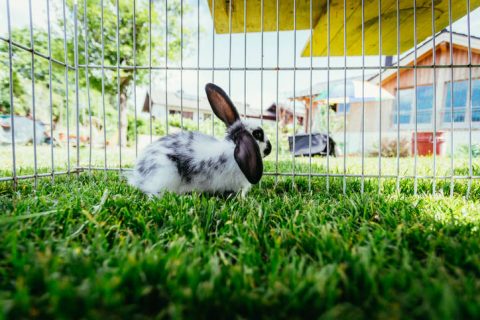
The way that you design your garden will depend on the size of the space that you’ve got to play with.
Big dogs for example will need lots of space to be able to run around freely, but if your garden is too small, then there are other ways that you can make it stimulating and interesting for dogs, even without the space to run around.
Think about creating shady spots for your pet to cool down in when hot days become too much. A water fountain is a great way to make your garden look intriguing, but it also serves as a watering hole for dogs, cats and birds.
You could designate specific areas for digging or playing, so your dog can get it out of their system, without messing up your garden!
Cats love climbing so think about how you could create variety and different levels across your garden for your cat to jump around on. Creating an environment they can explore means they will stay active, healthy and happy. Some cats also feel protected and away from danger when they’re up high, especially if there’s lots of other cats in the area.
The Plants
Plants can be very intriguing to animals – or they might just get in the way! When your cat is hunting or your dog is playing, plants have a tendency to get flattened. So make sure any plants that you do plant are robust and established. Hardy shrubs are perfect for this. Alternatively, raised beds are also a great option to prevent plant-flattening, especially from dogs. Cats love plants like catnip, cat thyme, silver vine and cat grass – and it’s even good for them! These plants help lower stress levels and boost their mood. Cats also love herbs, like rosemary and parsley. Of course, make sure you avoid any toxic plants, as detailed in one of our recent blog posts, here.
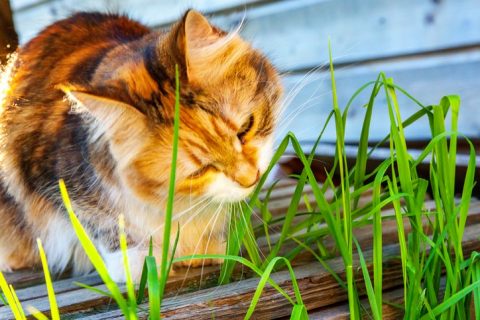
The Lawn
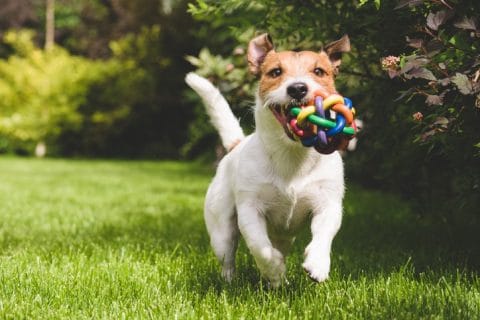
When it comes to the lawn, a dog can absolutely ruin it with digging, running, playing and urinating/defecating. There are a few things that you can do to minimise damage though. For example, you could create bordered paths, using a low-growing hedge, so they have to stick to the path! Of course, if you’re sick of the maintenance of a lawn that always gets ruined by the dog anyway, there’s always artificial grass. It looks good all year round, and pet-friendly – if your dog wants to do their business, it’s easily hosed away.
Slugs and Snails
While most gardeners hate slugs and snails because they eat everything, those with pets need to be extra careful, as they are actually poisonous to cats and dogs. They contain metaldehyde, which causes them to dehydrate, and can lead to kidney failure. Don’t use poison to get rid of them either, as the poison could also be harmful to your pet! Instead, opt for copper bands, broken shells or lava rock to discourage slugs and snails from your garden. Encourage birds into your garden with a bird feeder, as they love to feast upon slugs and snails too.
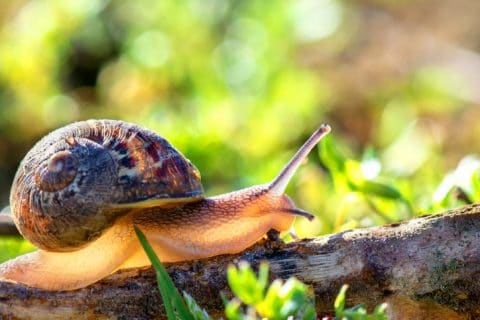
Security
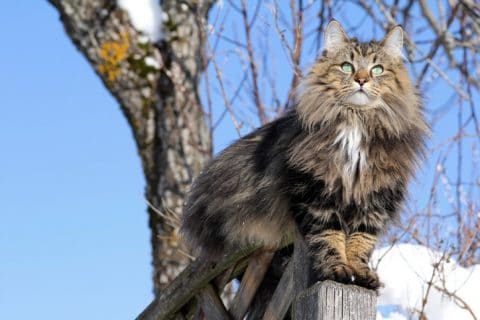
Keeping your pet in, and other animals out, is pretty paramount to your pet’s safety. Ideally, you need a strong, tall fence that’s in good condition so your pet can’t get over the top, through, or underneath your fence. If you have a cat in an area that has lots of cats, you may find that they get quite territorial, so a high fence, or adding mesh to the top of the fence, may help prevent them scrapping.
Do you have a pet? What works well for you in your garden?


